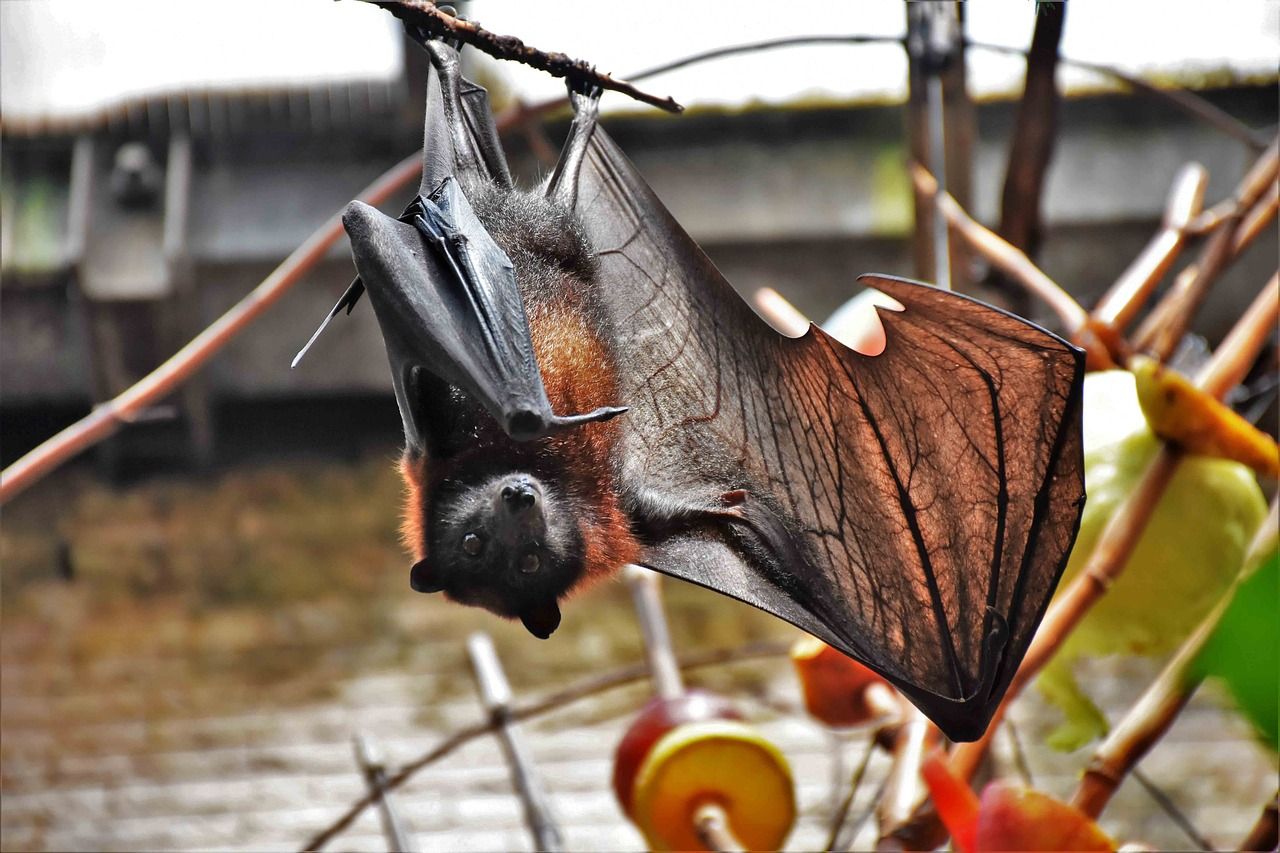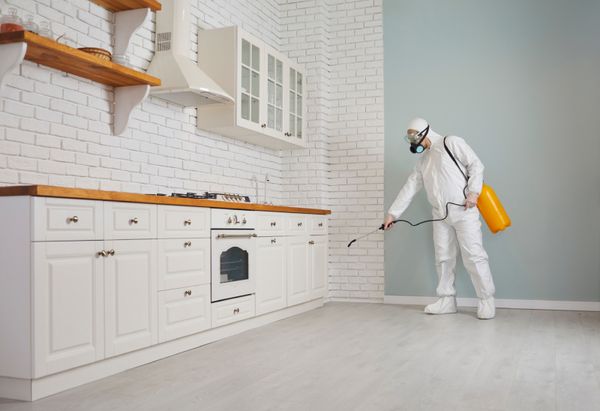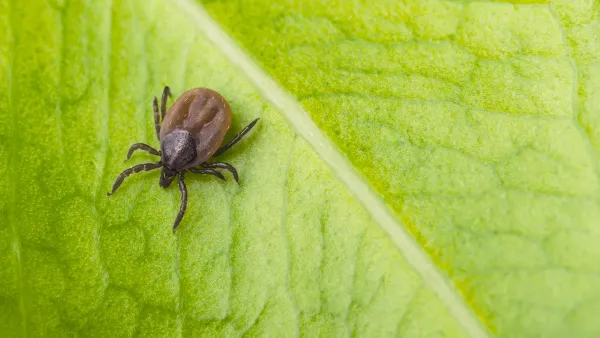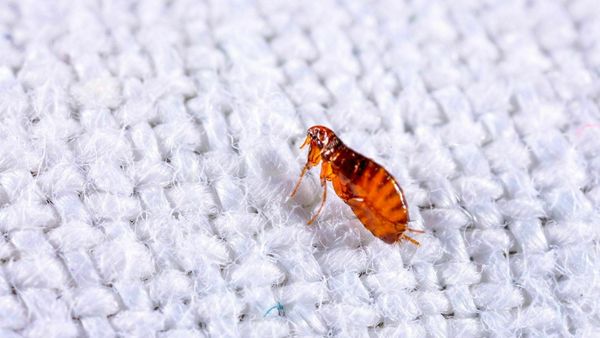It’s twilight, and you notice fluttering shadows overhead. Your heart skips a beat as you realize that you’re not dealing with birds, but bats. While bats play an essential role in the ecosystem, particularly in insect population control, they're not an ideal house guest. If you're facing a bat problem at home, this article will provide you with practical and humane bat removal methods.
Firstly, it's crucial to understand the health and safety implications of bats at home. Bats are carriers of diseases like rabies and histoplasmosis, making them a potential risk. However, it's essential to remember that they are protected species in many regions, and their removal must be humane, following local wildlife regulations.
Bat Detection
Identifying the presence of bats in your home is the first step in effective bat removal. Signs of bats include droppings, or guano, that look like dark grains of rice, strange sounds (like squeaking or scratching) coming from your attic or walls, and of course, seeing bats enter or leave your home.
Effective Bat Removal Techniques
Professional Bat Removal Services
When faced with a bat problem, your safest bet is hiring professional bat removal services. They have the expertise and equipment to handle bats humanely and according to local wildlife laws. These experts will conduct a thorough inspection, identify entry points, seal these after the bats are removed, and provide cleanup services for bat guano.
Exclusion Devices
If you prefer a DIY approach, consider using bat exclusion devices. They allow bats to leave but not re-enter your home. Start by identifying the bats' entry points, usually small holes or cracks in your attic or walls. Once located, install an exclusion device that permits the bats to fly out but not return.
Bear in mind that exclusion devices should only be installed when young bats, called 'pups,' are able to fly. If exclusion is done when pups are present but cannot yet fly, they might starve, causing a more severe problem, like dead bats in your home and attracting other pests. In the Northern Hemisphere, the safe periods for exclusion are generally from late August to early May.
Natural Repellents
There are natural deterrents you can use to discourage bats from roosting in your home. For instance, lights in the attic can make the area less appealing since bats prefer dark, quiet spaces. A high-frequency noise device, also known as an ultrasonic repellent, can also disturb bats, causing them to leave.
Preventive Measures
After successfully getting rid of bats, take steps to prevent their return. These include:
Home Inspections
Regularly inspect your home for potential bat entry points and seal them.
Maintain Your Garden
Trim tree branches near your house to remove easy access points for bats.
Install Bat Houses
To give bats an alternative roosting spot, install bat houses on your property, away from your home.
Understanding the Role of Bats in Our Ecosystem
As you go about the process of bat removal, it's beneficial to understand the vital role bats play in our ecosystem. Bats are not just another creature that finds a way into your home uninvited; they are highly beneficial. Bats are pollinators, they disperse seeds, and more importantly, they control pests by eating insects, reducing the need for pesticides. These factors contribute to maintaining the balance of our ecosystems and also impact our agriculture positively. Therefore, when dealing with bats, it's essential to ensure that removal methods are as non-disruptive as possible.
Common Bat Species in Homes
The type of bat infesting your home can often depend on your geographical location. In North America, the most common species you might encounter are Little Brown Bats and Big Brown Bats. Understanding their behaviors can help you in the removal process. For instance, Big Brown Bats prefer to roost in buildings, making attics a prime location. Recognizing the species can also be crucial in understanding the breeding seasons and timing your removal appropriately.
Health Concerns Related to Bats
As we mentioned earlier, bats are known to carry diseases like rabies and histoplasmosis. Rabies is a fatal disease that bats can transmit through bites or scratches. It's crucial to never handle bats with bare hands and always seek medical attention if you've been bitten or scratched.
Histoplasmosis is another concern. It is a disease caused by a fungus that grows in soil enriched with bird or bat droppings. When such soil is disturbed, spores can be released into the air, which people can then inhale and become ill. Proper cleanup of bat guano is critical in preventing histoplasmosis.
Conclusion
Handling a bat infestation can be challenging, but with the right approach and professional assistance, you can successfully eliminate bats from your home. Installing a bat house can serve as an alternative roosting place for the bats, while bat exclusion techniques ensure they can't return to your living spaces. Remember, it's crucial to look for signs like bat feces and bat urine, which signal the presence of bats, like the common big brown bat, in your home.
Working with professional bat control services can be an excellent choice, as they know precisely how many bats can invade a home and have a deep understanding of bat behaviors. They are also well-versed in various bat control methods and adhere to the legal and ethical standards of bat extermination. Pest control companies will provide you with a comprehensive service, from identifying the species to cleaning up the bat guano, reducing the potential health risks associated with bat droppings.
Understanding bat removal costs upfront can help you plan and budget effectively. Remember, the goal isn't just to remove bats but also to prevent bats from reentering your home in the future. With these insights, you can navigate the process of bat removal and control more confidently and humanely, ensuring a safe environment for both the bats and your family.






